feature
Project-based Learning in Argentina
Deep, collaborative learning opportunities can be designed to be culturally relevant and accessible anywhere when built on ingenuity, resourcefulness, and joy.
Science and Children—September/October 2022 (Volume 60, Issue 1)
By Valeria Vincent, Frieda Powell, Emily Adah Miller, and Susan Codere Kelly
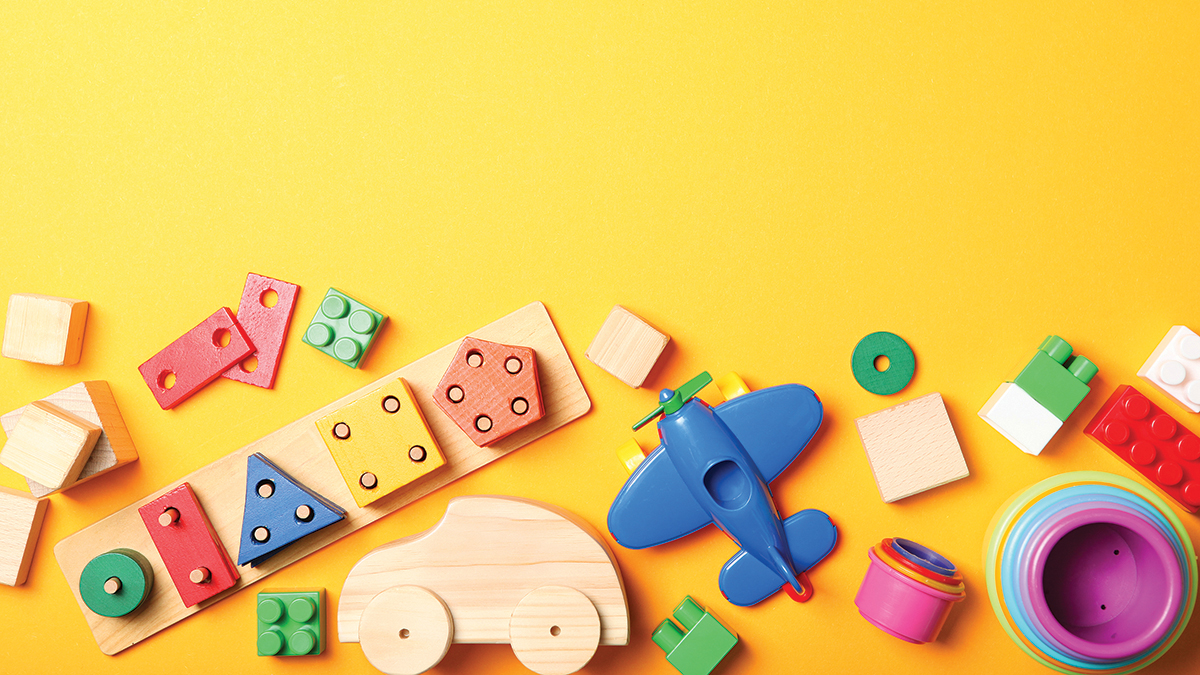
In this translated essay from a rural area outside Córdoba, Argentina, Ms. Vincent describes how she employed Multiple Literacies in Project-based Learning (ML-PBL) (Krajcik, Palincsar, and Miller 2015). ML-PBL, an open education free resource, has three design principles that support teacher and student learning and satisfaction (Figure 1). ML-PBL builds on teacher ingenuity and adaptation (Miller, Severance, and Krajcik 2021; Miller et al. 2021) rather than prescription through contexts where both students and teachers play, create, and learn (Charara, Miller, and Krajcik 2021).
Design Principles of ML-PBL.
- Design Principle 1 - Adaptive: Lesson features deeply engage teachers in the PBL practices to engender productive adaptation of materials and innovate their teaching.
- Design Principle 2 - Responsive: Lesson features provide opportunities for teachers to promote science teaching responsive to the cultures and ideas of students.
- Design Principle 3 - Enjoyable and Intellectually Satisfying: Lesson features accentuate and promote opportunities for science learning and teaching to be enjoyable and intellectually satisfying and motivate for continued engagement.
Some of the challenges included finding materials that can work for designing investigations and sharing artifacts. For example, classroom and recycled materials are different in Argentina. In addition, the Next Generation Science Standards (NGSS) are more comprehensive than the science standards of Argentina; only the dimension of the disciplinary core ideas align. The NGSS are foundational to ML-PBL, as three-dimensional standards expand learning opportunities (i.e., by including practices and phenomena) (Ford 2015; Severance 2016). In the vignette, Ms. Vincent. explains how she used the design principles embedded in ML-PBL—Adaptive, Responsive, and Enjoyable and Intellectually Satisfying—to guide her teaching.
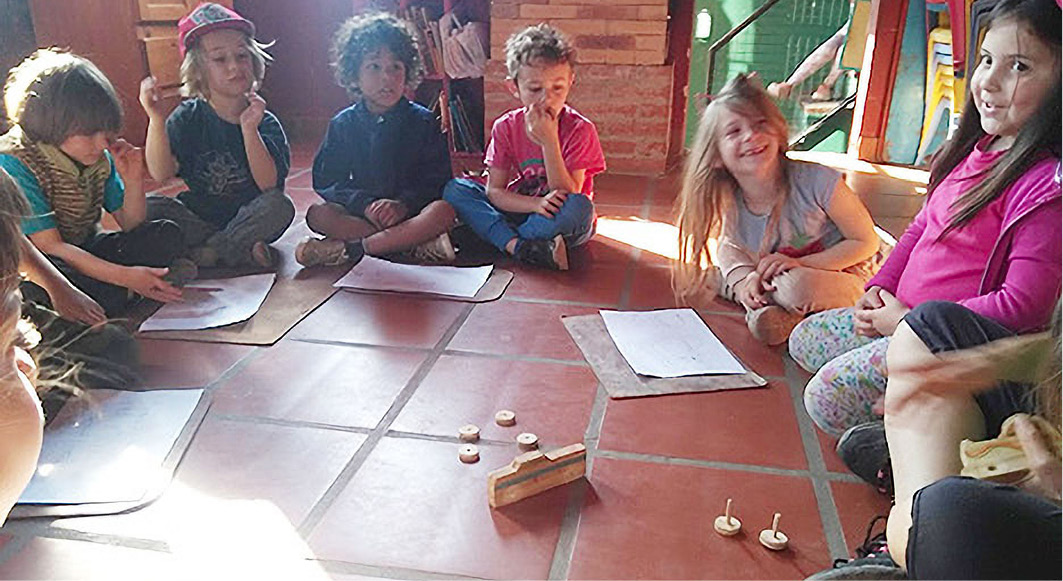
How Can We Design Toys That Move?
It’s a sunny, windy day at Cossettini School in the hills of Córdoba, Argentina. With its doors open to nature, the school is situated in a natural context for learning. The school sits near the shore of a lake, surrounded by native trees and birds.
The brisk August winds rattle the curiosity that is always present in childhood: curiosity about motion. We, all of the teachers in Cossettini School, decide to go forth with a science project from ML-PBL to begin to make sense of motion. In this vignette, I describe how my five-year-old students began to wonder about the forces that surround us and how they work.
By thinking together about science phenomena, we build shared understanding and experience. We accept that erring is part of learning, and then use this understanding in our search for answers. We are talking and also listening to one another, trying to be aware and tolerant that others think differently than we do (Miller and Brown 2019). When we teach science, we are also teaching all of this.
But…How?
The unit starts with children and their teachers investigating and discussing the phenomenon that “things move around us.” We explore movement with materials available to us: rubber band balls, balls of paper, feathers, and balloons. We observed and described the motion of each object, stopping to wonder about the similarities and differences between those motions, and why the similarities happen.
Then on a windy day, we went outside with handkerchiefs, bits of paper, and plastic bags. We described what happens to the objects in the wind; we focused on the direction, the strength, and the changes in the movement. We waved the handkerchiefs, we spun in circles, we observed our clothes and our hair as it blew. Later, we drew our experience and wrote down (the best that we could, using conventional writing or not) words to record our findings, after having experienced the phenomenon (Li et al. 2021): “The wind pushed me and when I turned around, I had to work harder to walk.”
The students learned how to model their thinking, drawing on the experience, while hunched over their slates with chalk in hand. We established the norms of written records and symbols that we could use to show direction, movement, changes in movement, speed, and so on (Karasahinoglu 2018):
- arrows for direction,
- thick and skinny lines to indicate the speed of each part of the movement,
- crosses to show where the movement stopped.
We presented the challenge: to design a toy that moves. We used found objects such as repurposed cardboard containers and empty bottles to take care of the environment. We worked together to learn how we could use these materials to reach our objective: Making by collaboratively engineering our own toys that move (Perez et al. 2020).
Through testing their design, the children begin to make sense of forces and motion through their experiences in the classroom. They observed, questioned, and made claims to later justify, “The big car will go faster” and “if the wheels don’t turn it won’t go, but it will on the ramp.” Together, students made creative choices as they used the materials available to them. Children expressed what happened, tried to modify the design, and without help, tried to fix the things that weren’t quite working.
Next, we explored a familiar contact force by designing and investigating toys that move in the water. We asked questions about objects we know about that move in water.
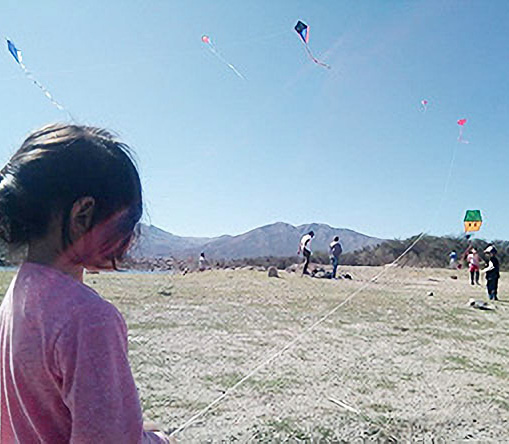
How can we make a boat that sails? And how do the boats move?
Sitting in a circle on the floor, the children exchanged ideas, trying to get to know the parts of the boat and the functions of those parts: a base that floats, a sail to catch wind to move the boat, and a mast to hold the sail. The unit called for used milk cartons, ubiquitous in America, but in Argentina we drink tea (mate) in plastic cups the student brought from home. Our recycled materials are different here, so we brought in recycled soda bottles; cartons for heavy cream, milk, and tomato purée; and purchased straws, because in Argentina businesses are prohibited from giving out single-use plastics.
For this part of the lesson, the children brought toys from home and shared experiences of their family memories like boat trips on the lake (McNeill and Berland 2017). We talked about the importance of the proper materials, as we recounted the time that we made boats out of paper and they sank and reminded each other about reusing materials for ecological and economic reasons.
We had a conversation about methods of propulsion, and some children came up with ways to make oars, paddle wheels, motors, and sails. We come to the decision to make sailboats following the instructions in the unit. We each made a prototype. As we built, we commented on how we would test them as well as what we might modify and how. Students considered whether we would use the wind or our own breath to move the boats. Every student personalized their boat, writing their name and drawing a picture on the sail. We tried the boats out on a very windy day. After sailing for a bit, the boats begin to sink. That caused us to connect to boats in real life, and how the excessive strength of the wind can make boats sink. We decided to let the boats dry and try sailing them again later in our classroom, this time pushing with our breath. What a great success! We exchanged our ideas about what worked best and why, plus things to modify. We cut the sails that were too heavy, and we centered a sail that had been placed too high. Still excited, some children made plans to try to make a new boat when they got home.
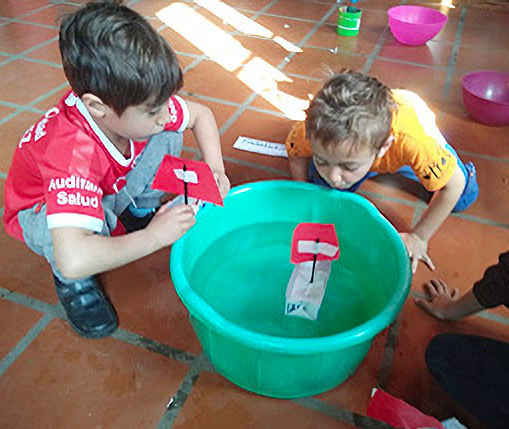
Build a Car That Moves
Next, we moved on to building toy cars in collaboration with partners after thinking about the car as a system that moves with direction and speed because of forces all around it.
To build cars, we first reviewed our experience making boats. For the car’s construction, the design called for dowels; we used skewers for kebabs and pieces of wood. We conducted investigations exploring differences in how a toy interacts with the surface over which it moves by comparing the sliding of the same car over the earth, wood, and tile. We also explored the differences in the force of the push (the wind, our hands). The children had a lot to say; they again shared family experiences and added their own ideas about why surfaces work differently: “When I run, I go faster on road than on rocks,” “Smooth surfaces have fewer bumps and so don’t slow the car down as much.”
We investigated wooden and plastic cars. We pushed them across the floor, over rough materials, and down a ramp. We talked about the differences in the speed in each trial and why we thought differences in motion occurred. Next, we took apart the wooden cars and tried to push the cars with no wheels, with the wheels affixed to the body of the car with no axle. Collectively, we gained an understanding about the function of the axles and the wheels and the motion caused by our hands. One student noted, “All of the little cars can move with a push from the hand, but only the one with wheels keeps going after.”
I offered various recycled materials to build a car, including boxes, thick and thin straws, kebab sticks, bottle tops with holes in them, sticky tape, and scissors. Student partners shared ideas (“the box of tissues is the best, it’s the tallest,” “What will we use for the wheels?”), made decisions, switched materials, asked for help, and tried on their own—using language of science practices—to build their car. Some students got stuck on the idea of the wooden car and tried to copy it, and other students tried new methods, like a nonmoving axle or wheels stuck to the side with tape.
My amazing students found the challenge of designing the toys a joyful and intellectually satisfying endeavor. At the end of the school day, the student’s ingenuity and creativity was seen in all the different toys with their personal touches: a unicorn horn, wings, or antenna added to the body of the car that can roll. Upon making the cars move, the kids considered their success and their errors, so they could revise their models on a later date.
A Big Finish With Rockets!
Our final challenge was to make a rocket and figure out how to make it fly. First we discussed safety (pointing rockets away from eyes at all times), and then I asked, “What is the force that will make it move, where does that force come from, and how does it make it go in a certain direction?” After a couple of trials to make the rocket fly (some students turned the bottle over, others threw the whole thing in the air, or moved it with their hands), we tried squeezing the bottle with our two hands to eject the rocket. The students figured out that the rocket moves because the squeezing of the bottle pushes the air in the bottle out the straw and then pushes the rocket.
The next day we invited the first-grade class to build rockets. The kindergarten students explained the steps and described the force they made with their hands when they squeezed the bottle.
In groups of two, the older children helped with the construction of the rockets. Upon finishing the rockets, all children went outside to play with their rockets. There was an ambiance of teamwork, enthusiasm, and enjoyment in the children’s faces and voices while they explained how their new toys worked.
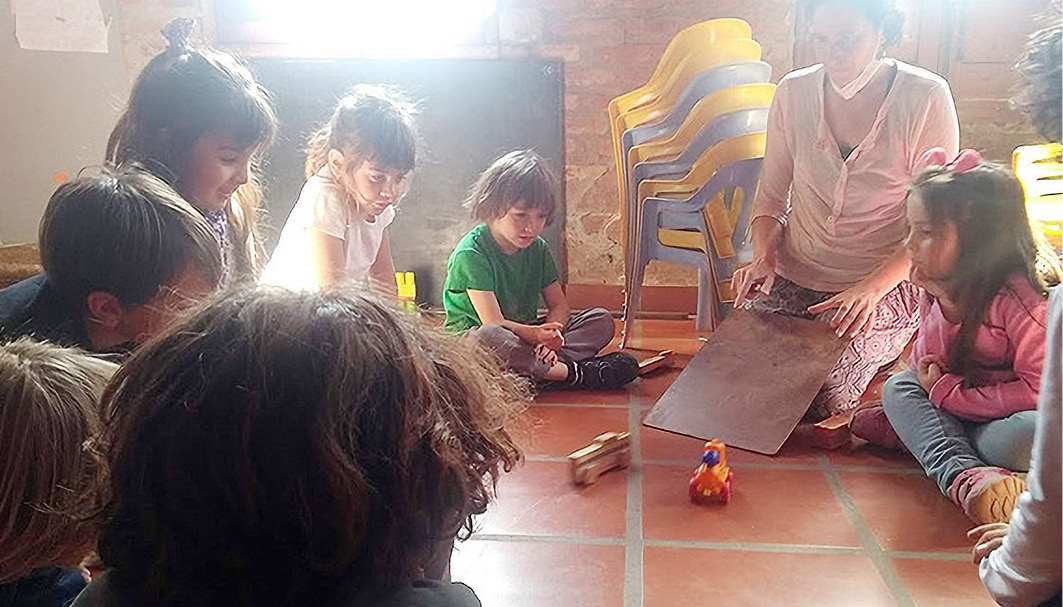
Science Fair
The stance of thinking scientifically and interest in phenomena in their day-to-day lives had emerged in the students. We invited their families to a science fair where the children showed the toys they made along with their drawings and models. They explained how and why the toys move, presenting the knowledge they had acquired. This was my opportunity to assess the students’ developing understanding of the science ideas and connections the students made to the design of the toys and in what ways pushes or pulls make them move. One child, Martín, explained to all the parents, using our toys to demonstrate, how the push of the wind and the push from his hand have the same effect on the toy. Then a child talked about gravity, she asked if it could be strong on the rocket but soft on the rolled-up papers and handkerchiefs. A third child, Santi, talked about how he asked a question, “would a stronger breath make the boat go faster” and then answered his question.
The families’ interest in the process and new knowledge was so elevated that together we decided to build kites—another toy that moves—to celebrate the coming of spring!
Even without the materials specified in the unit, and in the completely different context of rural Argentina, project-based learning is rewarding and exciting. Project-based learning can be accessible and enjoyable for any teacher to teach. When students investigate phenomena and design artifacts using science and engineering practices, they not only meet the standards, they find joy in collaborating and sharing wonder about how the world around them works.
Acknowledgment
This paper was supported by the George Lucas Educational Foundation (https://sprocket.lucasedresearch.org). Thank you to Escuela Cooperativa Olga Cossettini and all the wonderfully supportive families who were part of this project. ML-PBL Toys unit writing was led by Deborah Peek Brown.
Valeria Vincent is a primary school teacher at Escuela Cooperativa Olga Cossettini in Capilla del Monte, Córdoba, Argentina. Frieda Powell is a translator for Create for STEM at Michigan State University; she lives in Córdoba, Argentina, and Wisconsin, United States. Emily Adah Miller (Emily.AdahMiller@uga.edu) is assistant professor at University of Georgia Department of Mathematics, Science, and Social Studies Education and co-PI of Multiple Literacies in Project-based Learning in Athens, Georgia. Susan Codere Kelly is the Project Director of the Multiple Literacies in Project-based Learning Project at CREATE for STEM at Michigan State University in East Lansing, Michigan.
Crosscutting Concepts Interdisciplinary Teaching Strategies


